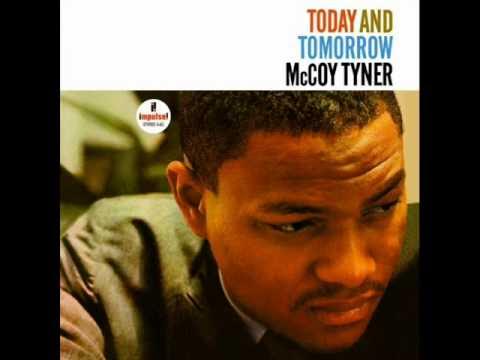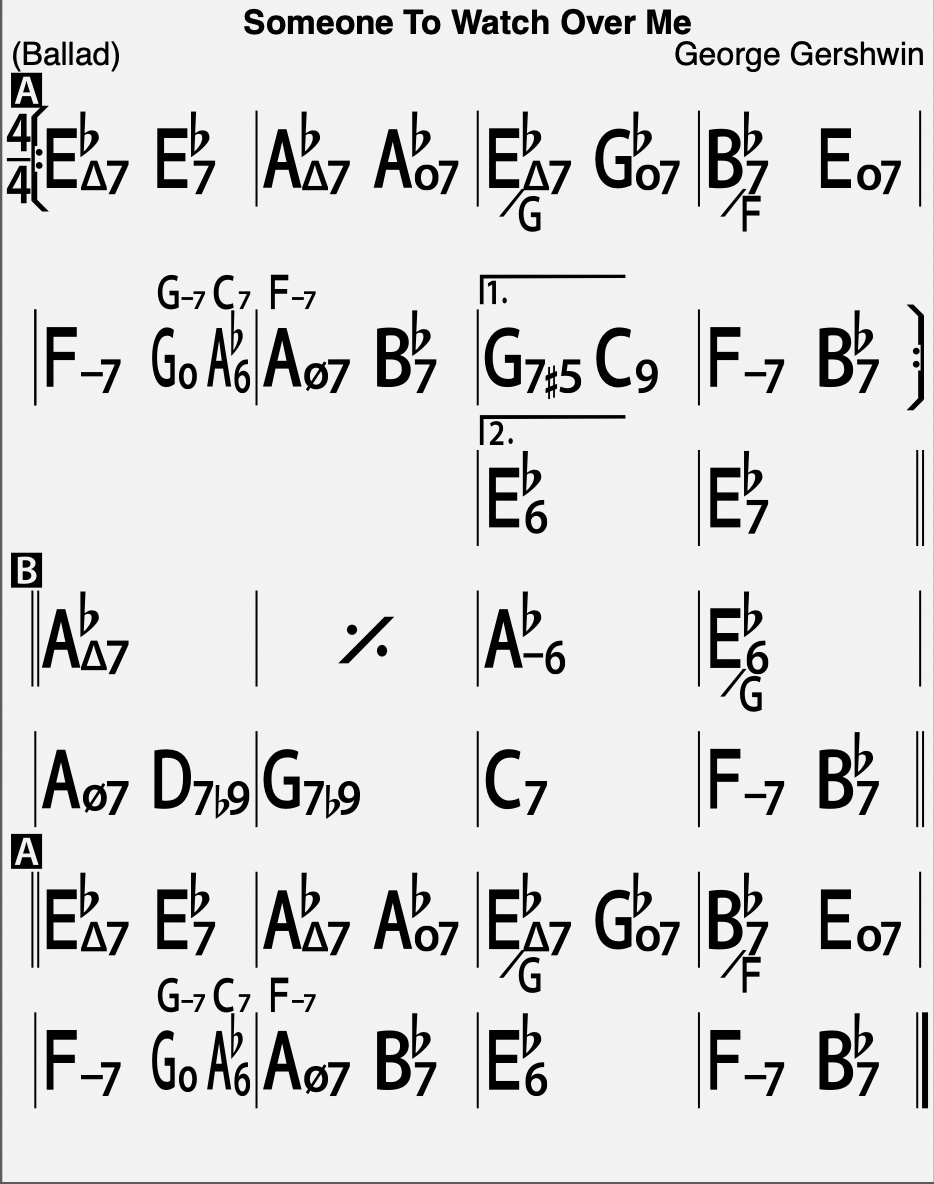@Michael_J_Albanese - I’m looking forward to doing your request on “When Sunny Get’s Blue”.
I’ve mentioned in another thread that every jazz standard I do from now on will be 2 parts, the first will be R-3-7 arrangement, and then the second lesson will be a full arrangement. There’s tonnes of 25 progressions in the form so the R-3-7 arrangement will be a really nice study for our beginner students.
This will help beef up the beginner section of our syllabus, and it’s also nice to show how to arrange the basic skeleton of the harmony, and then go a little ‘off road’ in creating a nice solo arrangement.
Let’s cover it in the original key of F, and that will be perfect to play around with some of the F Blues things we cover in our blues course. I’ve also been working on F Blues a lot recently so it will be nice to add some of the material in context of a 32 bar form.
Here’s some versions I like, note to everyone, before attempting to play a tune you must listen to many versions, many styles, from many eras . here’s mine I like…
George Shearing Trio
@Michael_J_Albanese - Listen to his “Q&A” approach where he states the melody and then comes in with a subtle but effective response… reminds me of @LoriNelson’s beautiful rendition of “Laura” here.
Also listen to all those beautiful inner voices that George Shearing uses… Sublime!
This is my favourite version I’ve listened to!
Chet Baker Quartet
Beautiful phrasing from Chet Baker, and nice comping and piano solo from Butch Lacy:
McCoy Tyner Trio
Lovely fills and a nice bouncy style to melody:
Anita O’Day:
Finally, always get a strong vocal version.
Spend the time to learn the lyrics and I find this helps me express myself more musically and emotively when playing ballads in particular:













